Clothing
For training in Aikido the proper attire is the white dress called keikogi or simply gi. It consists of a white jacket and trousers made of white cotton fabric which are tied at the waist by a belt of cloth called obi. This belt is normally white (most Aikido organizations worldwide do not follow the system of colored belts of judo or karate) until the student reaches the level of shodan (1st dan) when it is replaced by a black belt.
The gi has a jacket made of triple fabric so that it is durable to the needs of training (falls, pulls etc), while the trousers are reinforced at the knees so that
they are not worn down during kneeling techniques (suari waza). The trousers usually are tied at the waist by strings, while the jacket simply folds around and is held
closed by the belt.
In addition to the above, the most characteristic dress of Aikido is the wide trouser called hakama, originating from the samurai (which protected the normal trousers underneath from wear and tear when the samurai rode on horseback) which is worn over the trouser of the Aikido gi. The hakama is usually black or dark blue and depending on the organization is worn either from the 3rd kyu onwards or from the 1st dan black belt, or in some cases from the start by all students. The hakama has five folds at the front and two at the back which - according to the tradition of the martial arts - represent the virtues of the trainee, which are:
- Yuki - perseverance, value, courage
- Jin - humanity, compassion, kindness
- Gi - justice, integrity, honesty
- Rei - politeness, civility
- Makoto - sincerity, honesty
- Chugi - faith, commitment
- Meiyo - honor, dignity
The folding of the hakama at the end of training is also part of training as it is executed in a specific manner. To the extent that the traditional manner is followed it is customary for a student to fold the hakama of the teacher.
In the dojo, as in most enclosed areas in Japan, shoes are not worn, so that students should always have a pair of slippers or sandals in order to walk about comfortably off the mat. These slippers which, contrary to popular opinion, are not called thong sandals but zori, are left to the side of the tatami before training, positioned in a line - their positioning in order gives a measure of detail to the process which is considered an integral part of the martial arts.
Sketches were taken from the book "Aikido and the Dynamic Sphere" (A. Westbrook & O. Ratti - Tuttle Publications)
The sketch for tying the hakama is from the company BuJin Design.
The image for hakama folding is made by John Scherpenzeel
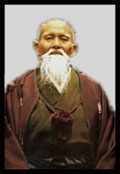
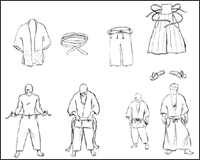

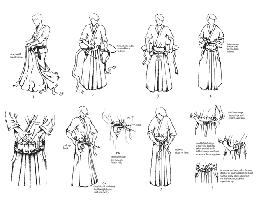
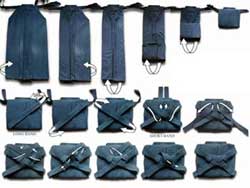
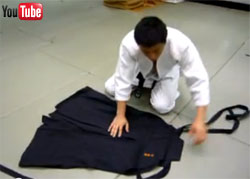
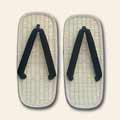

 FukuShinKan Dojo, 12 Davaki st.and 18 Mylpotamou st., 1st floor
FukuShinKan Dojo, 12 Davaki st.and 18 Mylpotamou st., 1st floor Hellenic Aikido Association on facebook
Hellenic Aikido Association on facebook Hellenic Aikido Association's YouTube channel
Hellenic Aikido Association's YouTube channel